The isekai genre is one of, if not the most rapidly growing genre out there. Almost every season, we can expect at least one isekai anime gets launched to the oversaturated market. When I thought this genre would die out, isekai anime is only getting more and more numerous. They’re unstoppable!
Heck, what inspired me to write about it is that I am catching up to the second season of Mushoku Tensei. Most would say that this anime is the pinnacle of isekai. The original light novel got its first manga adaptation back in 2014, and received an immense praise from manga and anime fans.
The protagonist, Rudeus Greyrat, is the definition of a NEET, at least in his previous life. He was evicted by his family after skipping his parents’ funeral. Later, he got hit by a truck and was transferred into the world where the actual story takes place.
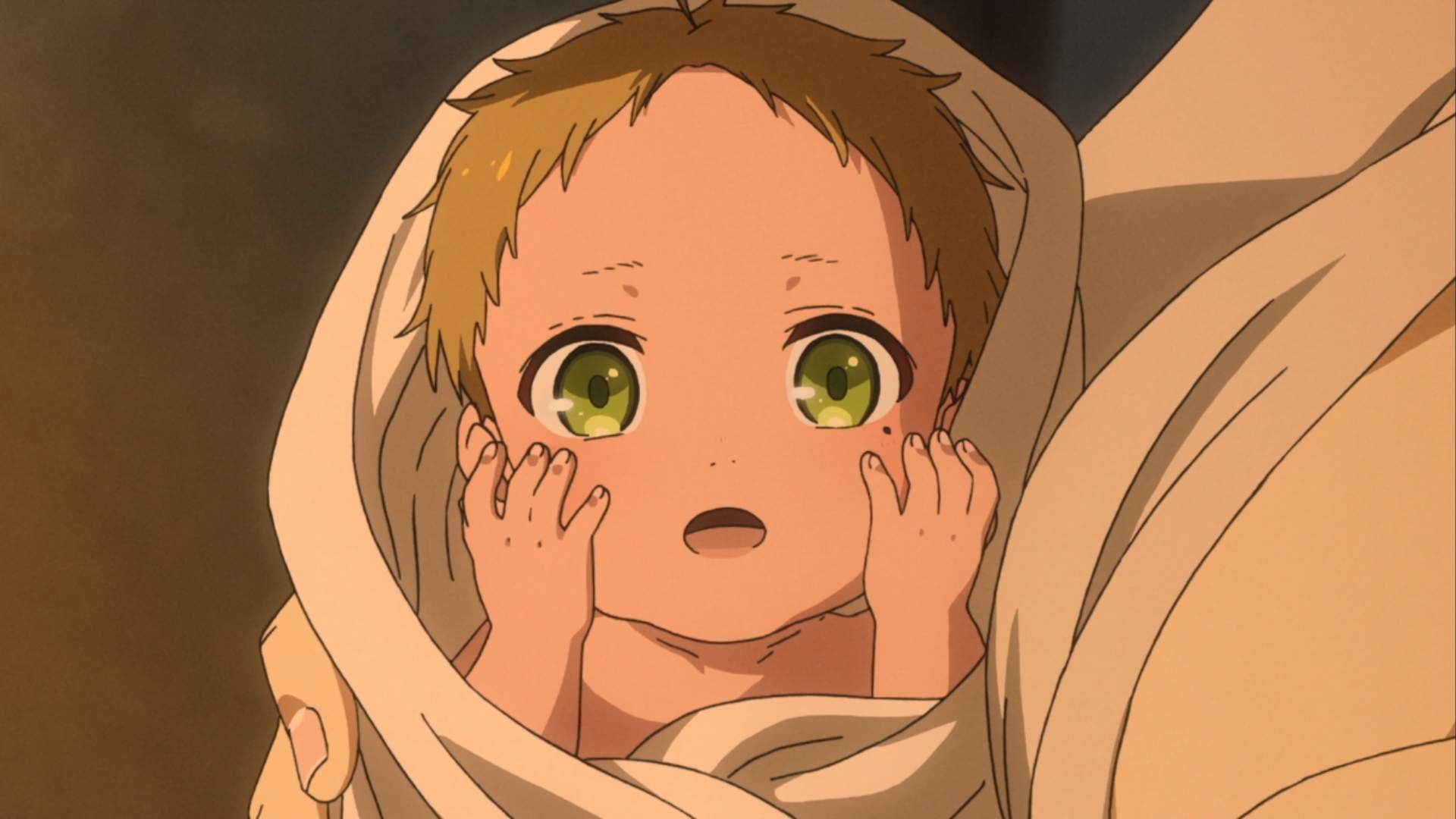
The premise of Mushoku Tensei is the bread and butter for this trope. A NEET gets a fatal kiss from a truck or other fatal accidents, and then gets to live another life, hopefully a better one. Suffice to say, the life of an isekai NEET starts with escaping the suffering in the original world.
The NEET protagonist trope is almost synonymous with the genre itself. But, an isekai doesn’t necessarily have to have a NEET for a protagonist. However, it’s a common trope that authors often bring into the genre. I’d like to point out the good aspects of this protagonist. And after that, let’s take a look at its shortcomings. But first, some might be unfamiliar with the term NEET.
What Is A NEET, And Where Did It Originate?
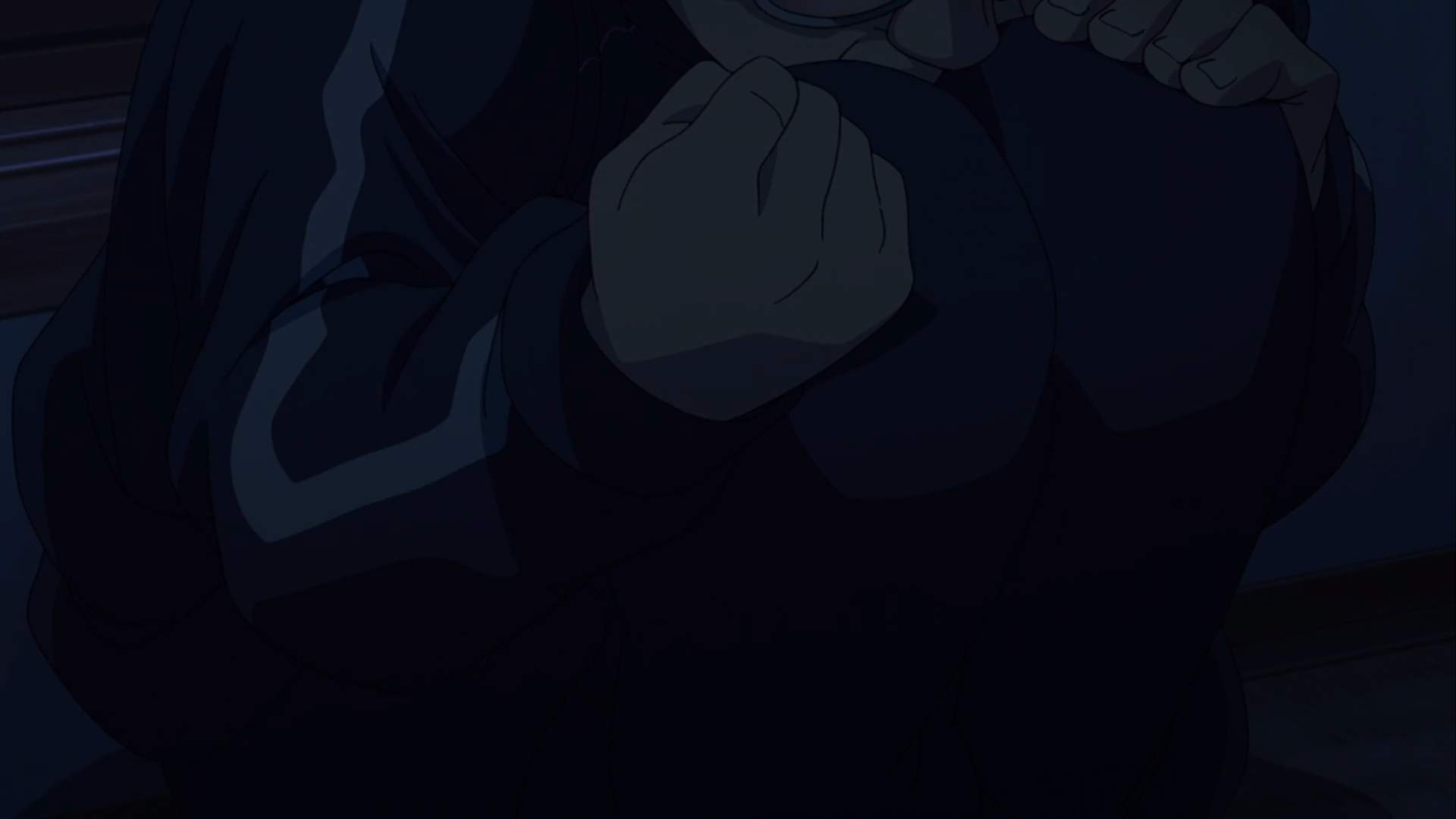
The term NEET is an abbreviation for “Not in Education, Employment, or Training”. Basically, someone who is wasting their life away in a stage of stagnancy. To get by in their daily life, it’s common for their parents or other caretakers to look after them. And, sometimes they require more than financial support.
It sounds nice, isn’t it? A NEET doesn’t have to attend classes, doesn’t have to show up at work, or be responsible for anything really. However, not having a purpose in life might be the greatest torture of all. It’s like being stuck in purgatory. Simply said, being a NEET could be the lowest point in someone’s life.
We might learn about the term from anime or manga. But, interestingly, the origin of NEET came from the UK. In the late 90s, a report done by the United Kingdom-based Social Exclusion Unit used the term “Not in Education, Employment, or Training” on its title.

After a quick read, I’d say the NEET problem is more than just young people unable to find work. It’s a combination of economic, familial, and education factors, as well as psychological issues. Although the context is of the UK in the 90s, I think what the report tells us still exist in present day. If anything, this whole NEET situation is more pronounced than ever.
A little bit of digging on the internet led me to the fact that at least 1.5 million Japanese are living in recluse. The term NEET is almost entire the same as Hikikomori, the term they use in Japan. We know that Japan can be a nice place to live in. But, at the same time, the number of Hikikomori is just unbelievable.
The Bitter Truth Of A NEET’s Life
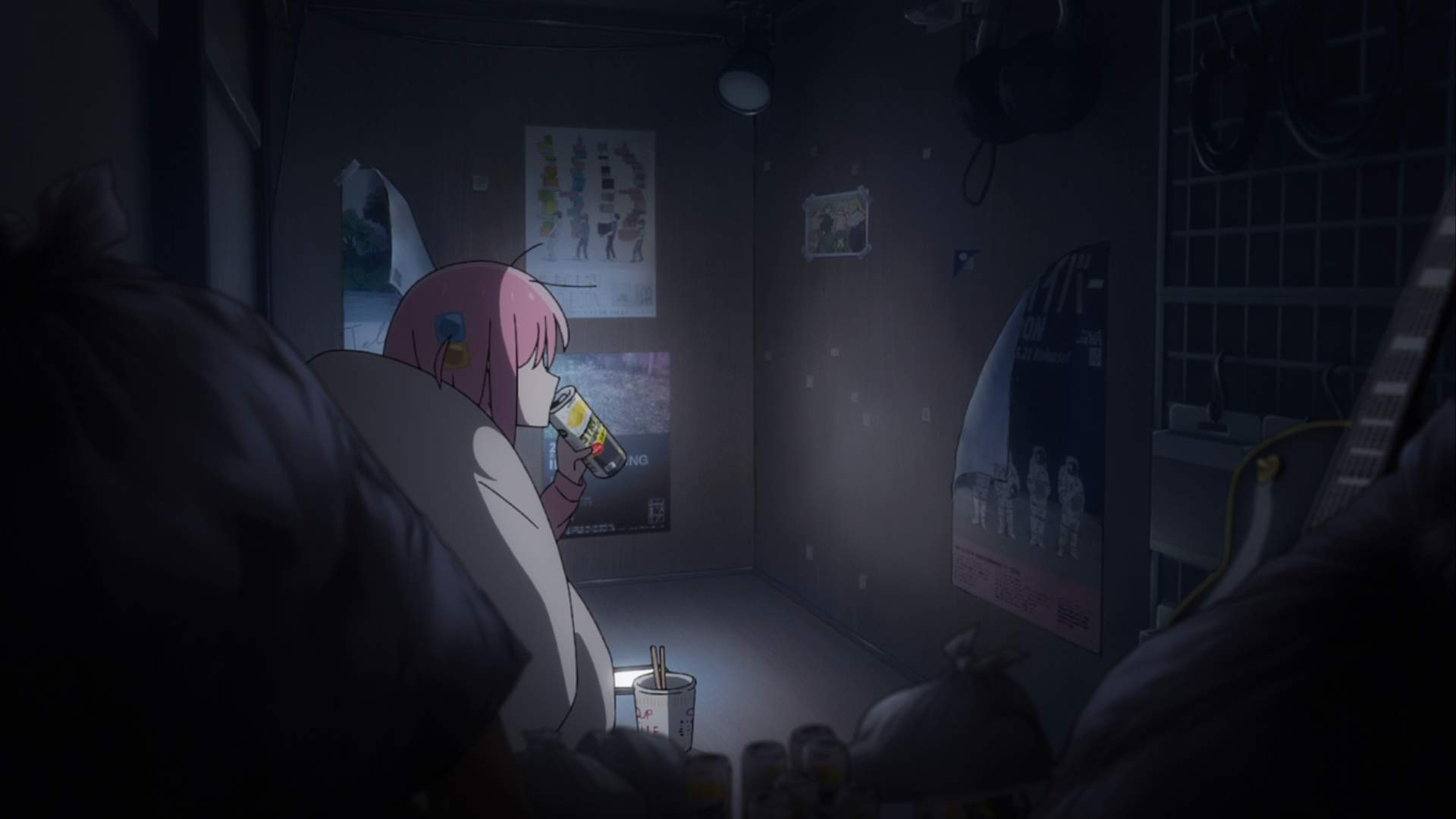
I mentioned that being a NEET isn’t as fun as it might seem. On a surface level, a NEET’s life sounds like an infinite holiday. However, to say so means we’re leaving out the various struggles they’re experiencing, be it financial, some kind of addiction or other psychological issues.
Most NEETs are likely to experience these issues. They could become more and more apathetic to the outside world and drown deeper into self-isolation. We might end up losing our closest ones because of the collateral damage the unhealthy mental state causes. So, it’s unsurprising that NEETs often times don’t have friends or loved ones, because they might’ve unintentionally caused them to leave long ago.
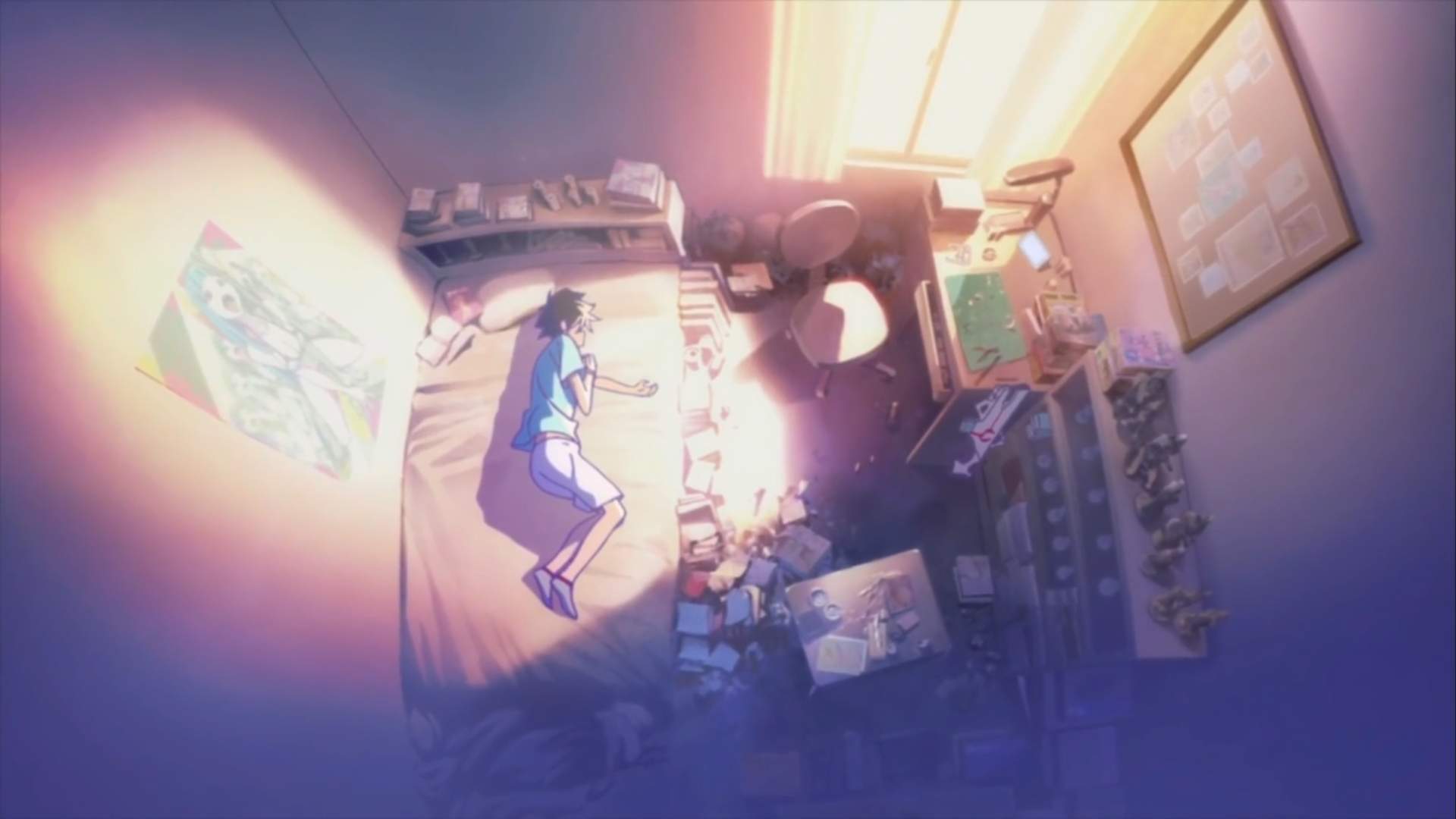
Not only that, society isn’t always so forgiving. Often times, people look down on others who are struggling to put their lives together. It can really go downhill if those people are family members, friends, or the closest ones.
The impact of people pointing fingers negatively at you can really blow your self-esteem. The scariest part is all of those can lead to a spiral where the negative self-image actually harms the ones who still care, and further closes the door to future opportunities of redemption.
Lastly, everyone needs a purpose in their life. It’s bad enough to live under the impression that we’re worthless. So, it takes just a little nudge for a psychologically troubled NEET to think they serve no purpose in this world, and actually try to get transferred into another world.
Why A NEET Can Be A Great Protagonist
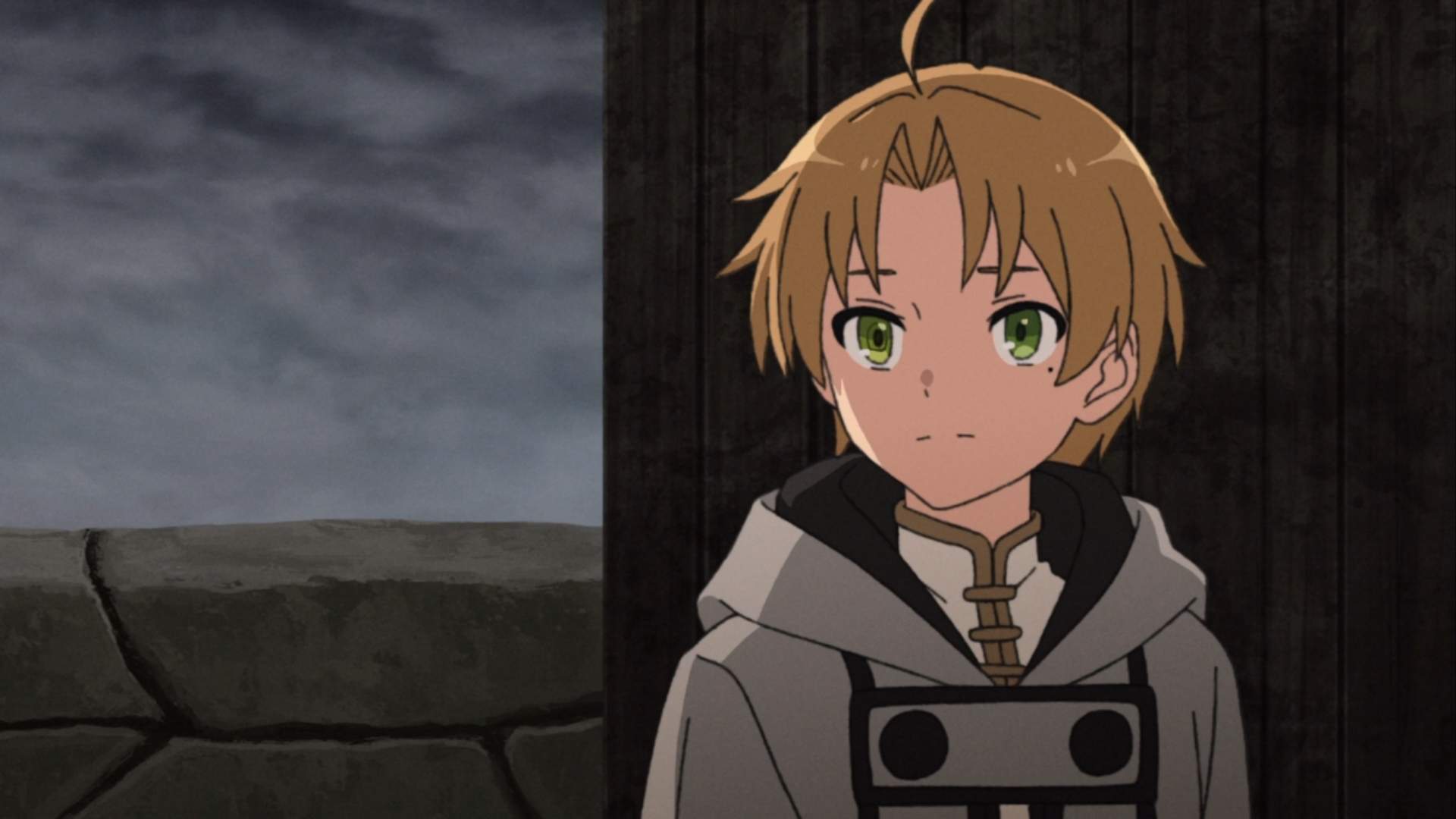
A mentally unstable, and deep in self-isolation person wouldn’t be the protagonist I’d imagine if it weren’t for the isekai genre. However, why is this trope of picking possibly the most ill-suited person for an adventure so popular?
There are common themes that I noticed after I watched quite a few isekai anime. These protagonists are typically plain looking, seems uninteresting, and quite possibly, actually boring on their own. However, once their second life starts, they live it like there is no tomorrow.
A Metaphor On Second Chances
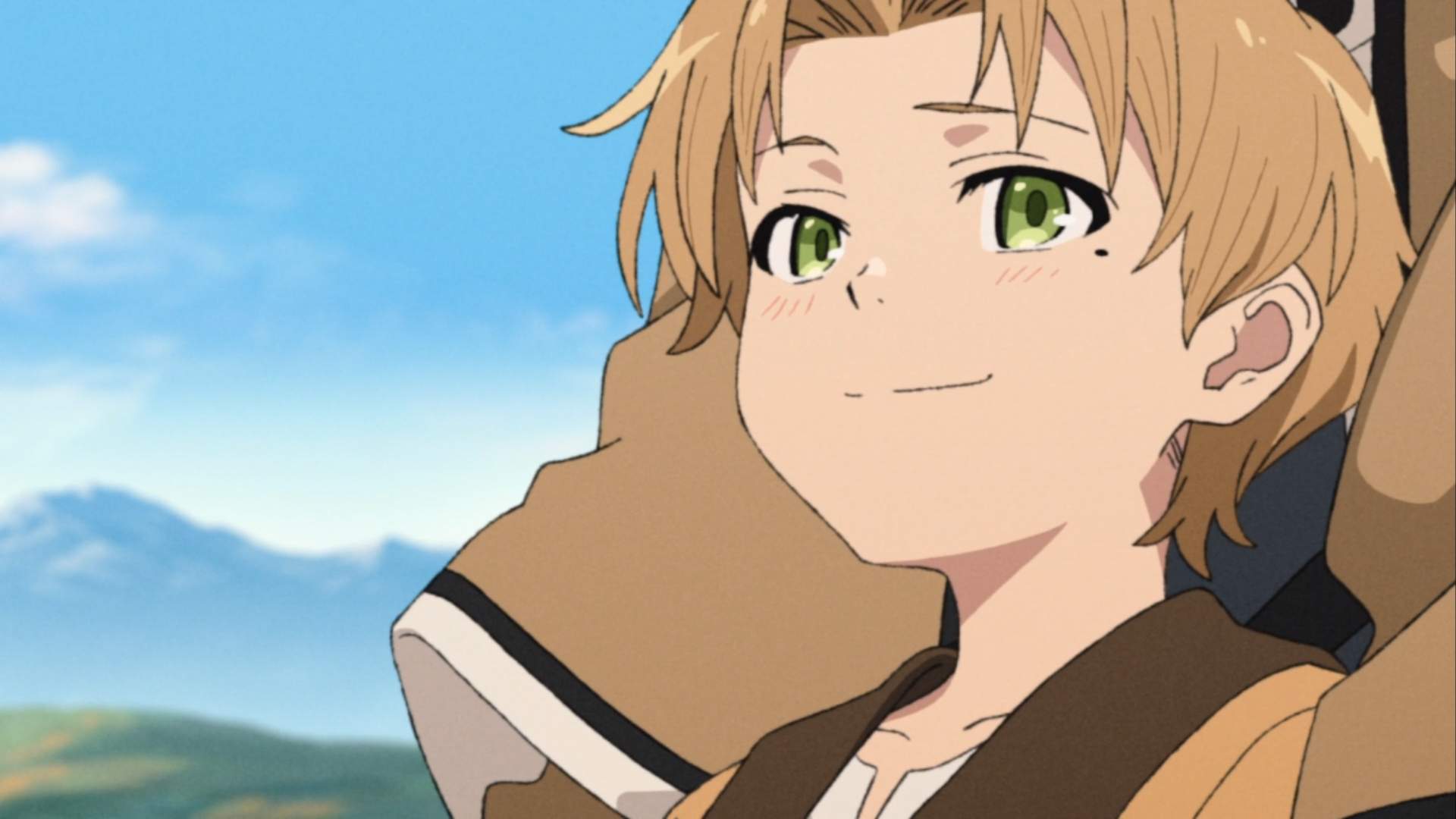
I feel like the NEET protagonist trope describes what some people wish they have, a second chance. Often times in life, we end up with consequences of our past actions. Some of those, we regret doing. Well, in hindsight, it’s easy to judge our past selves.
Like, why did I mention I religiously played Starcraft 2? Now everyone think I wanted to be a Korean. Or, some other things along that lines would make us cringe and shiver before bed, or in the shower, or when we’re eating alone.
If mere awkward experiences come into our thoughts regularly, let’s try to imagine the things that are going on inside NEETs’ heads. They could be thinking of how others treat them badly, the immediate rejection the moment they decide to open up, or the downward spiral of choosing isolation over living a regular life.
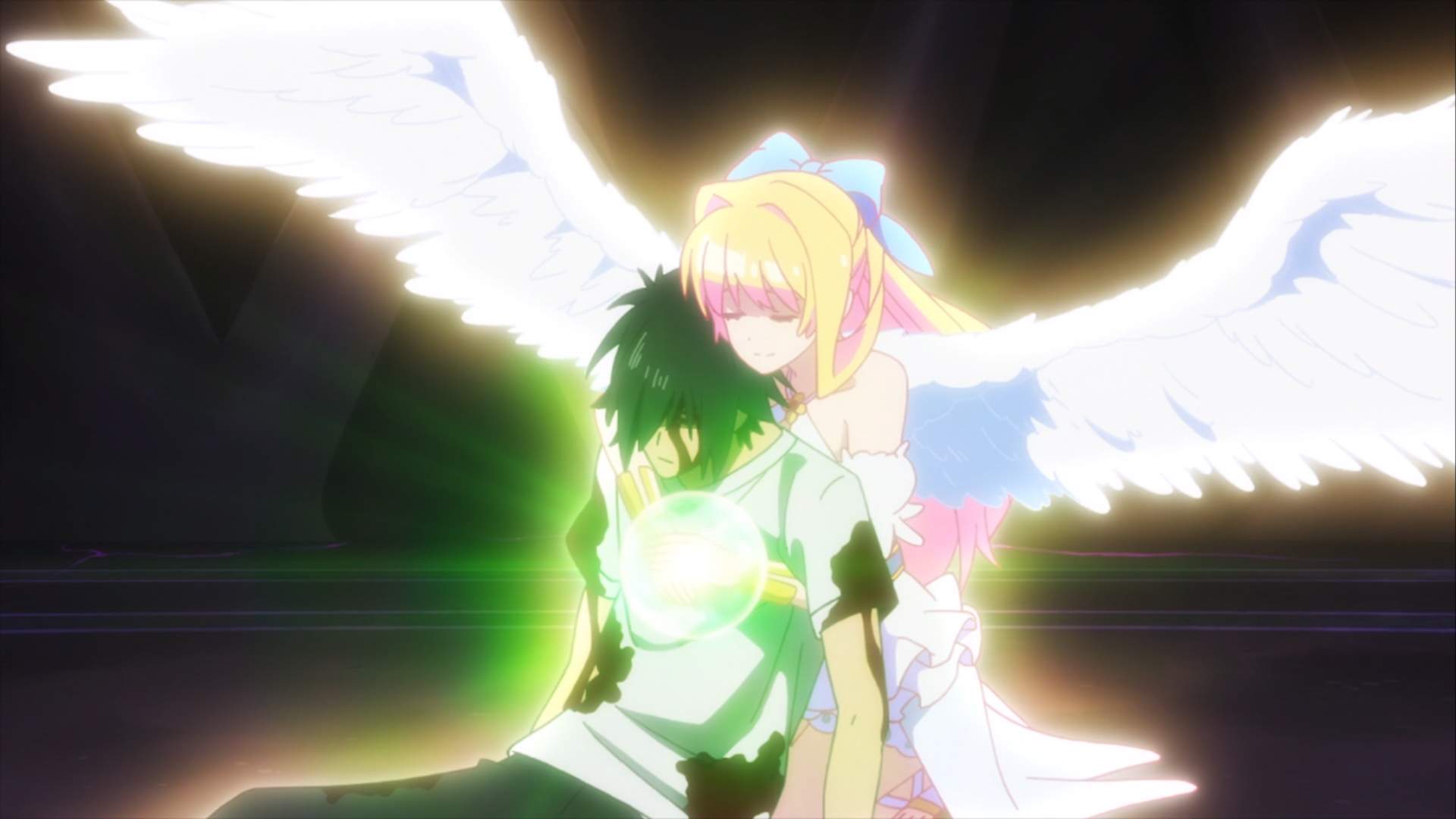
Of course, thoughts of a second chance would naturally come into their mind every once in a while. And, the NEET protagonist is just the right choice if an author wants an audience that relates to this topic. In a very literal way, being born or transferred into another world defines the second chance that many people crave.
If we follow the story through the protagonist’s point of view, we get to see the suffering they endure. And so, we understand their suffering and the context better. This is the part where I wish manga authors would point out more.
Yes, it’s fun to see our NEET protagonist reach their fantasy. Whether it’s getting a fun adventuring party, or reaching the highest political power like Momonga from Overlord. However, shedding light on their previous life will make their isekai process more justifiable, thus enriching the storyline.
There Are Potentials For An Even More Tragic Story
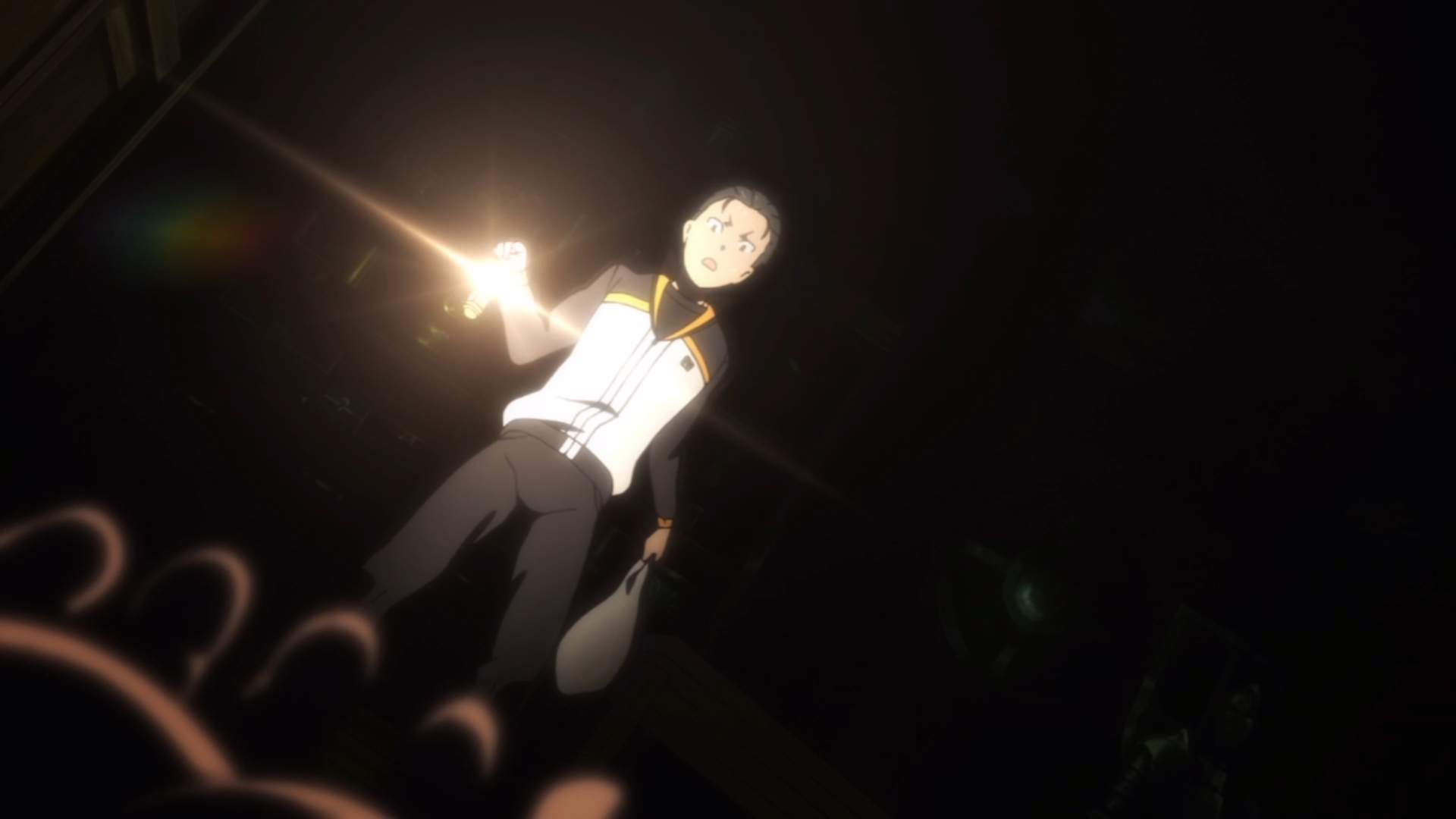
Well, although isekai is a quick way to give a protagonist a reset in their life, it’s not a guarantee they’ll have it any easier. Immediately, Natsuki Subaru comes to my mind as I’m writing this.
The first time I watched Re: Zero, I expected nothing but a generic isekai where Subaru eventually ends up with some kind of overpowered magic or artifact. Boy was I wrong!
What followed was my disbelief that the plot makes Subaru suffers more than he ever had. Just when I thought one death can lead a protagonist to a better life, in Subaru’s case, his gets worse each time he dies. His whole return by death quirk really creeped me out, more than it should.

However, Re: Zero is a great example where an isekai NEET protagonist has to endure the new fate he is assigned to, a worse one compared to his previous life. I think we can agree that it belong to a specific genre that highlights human’s suffering, the tragedy genre.
It seems strange at first, why would we intentionally watch something that only shows suffering? Even outside anime, among the most memorable stories are tragedies. Take the love story of Romeo and Juliet, that’s a tragic romance. Or, Oedipus Rex, that’s a tragedy for sure. There is an element of catharsis in tragic stories.
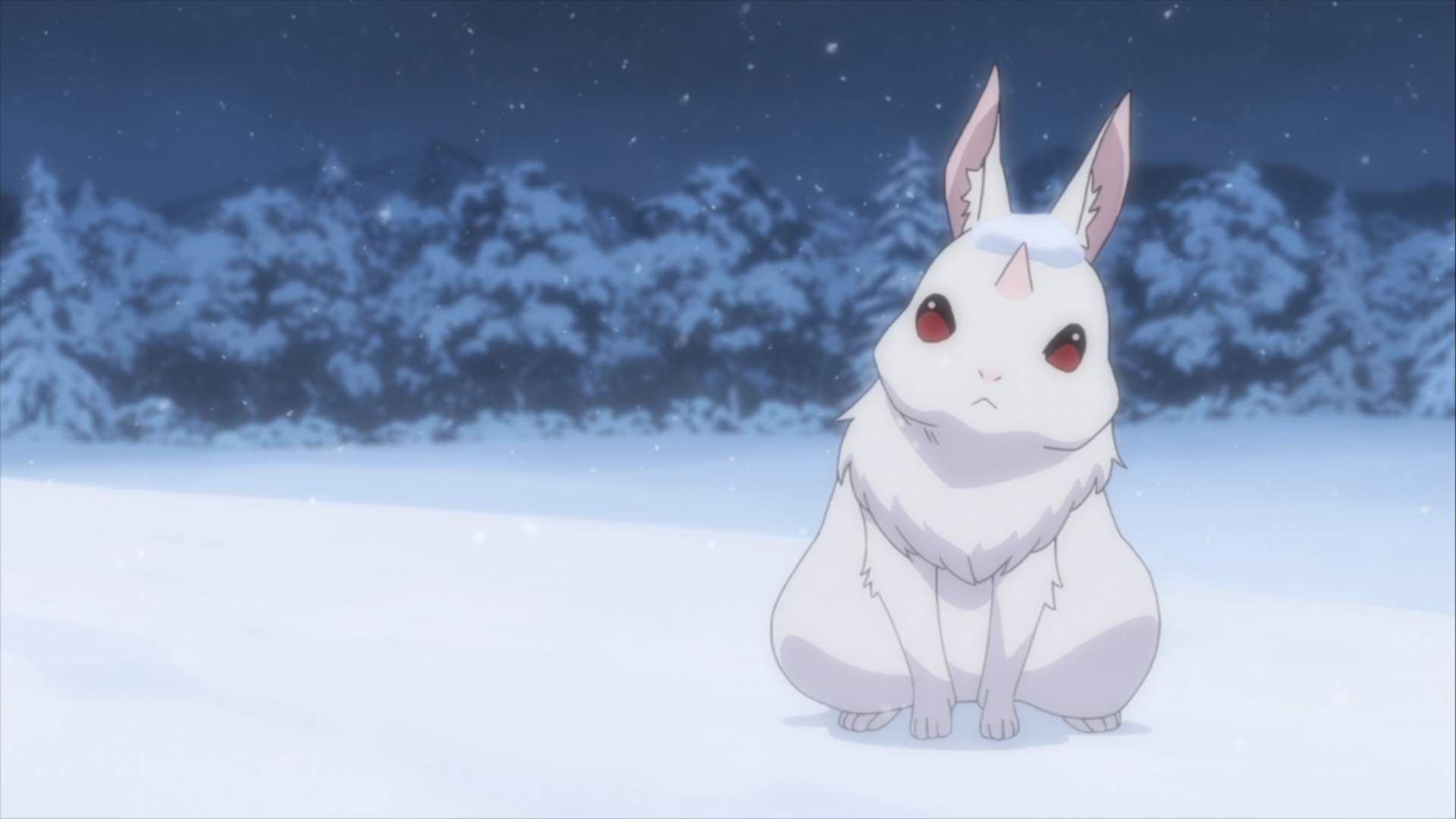
Every time we think Subaru will be rewarded, the story gets us with demonically evil twists. It’s almost like we as an audience and the protagonist are on board with similar expectations in an isekai. But then, the author says, “not today, kiddo.”
These tragic twists snap our neck and also those expectations so suddenly, that it left impression to both someone watching on a screen and the one who actually is living the torture, the protagonist. Seeing Subaru’s suffering, in a way, also brings us catharsis. Being able to empathize with the protagonist’s struggles, and get sad about it, somehow brings us a strange feeling of relief.
Not Gonna Lie, The Parodies Are Great
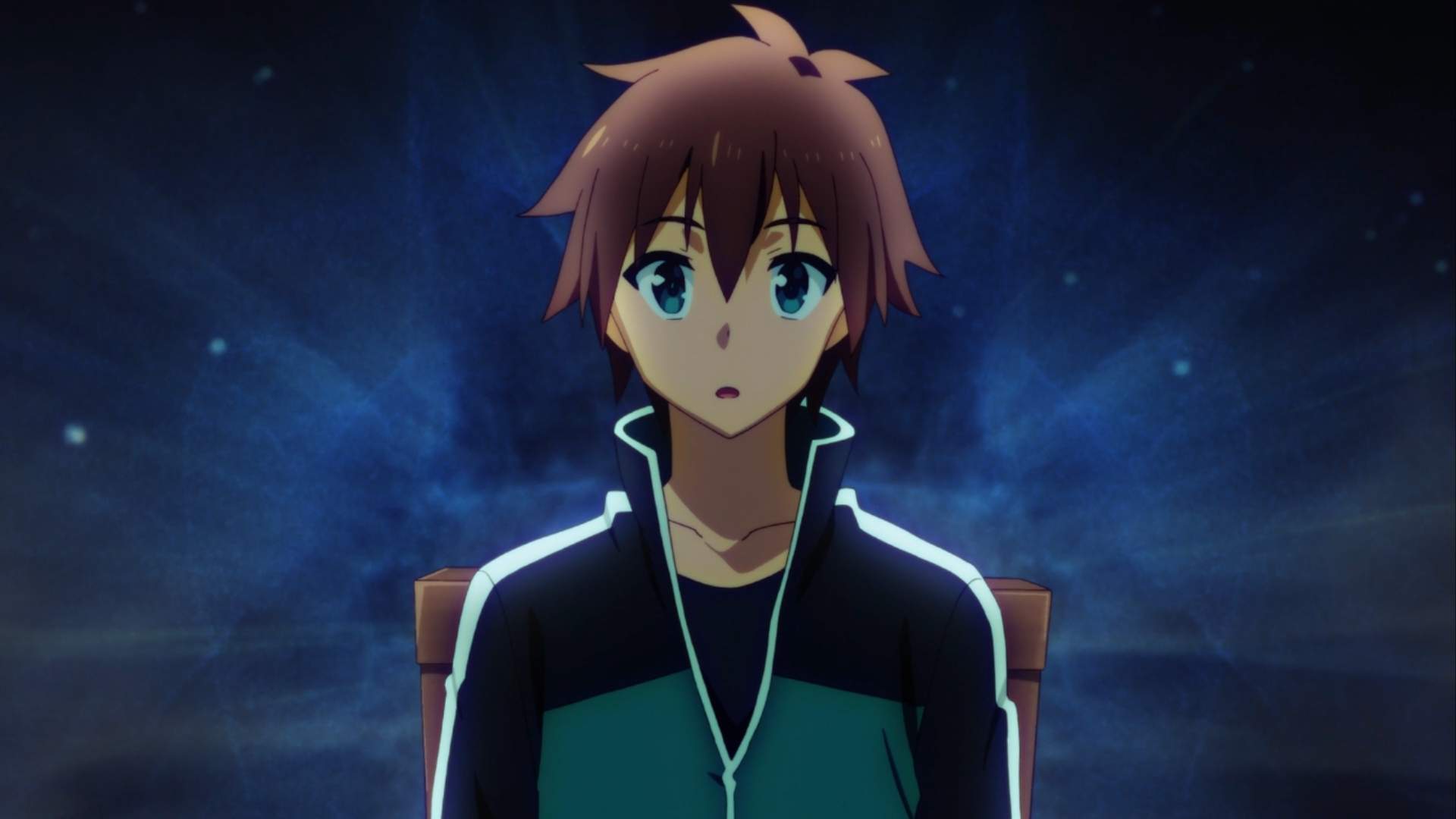
On the other hand, the NEET Protagonist isn’t exclusive for power fantasy or tragic tales only. If done right, this trope can be the basis for a great comedy. Especially, if the author decides to make fun of the typical tropes in the isekai genre.
Take Konosuba for example. It parodies so many isekai tropes. From the NEET protagonist itself, the goddess you meet in death, and the format of a typical adventuring party. At first glance, Kazuma’s party might be the normal priest, mage, warrior, and thief we might see in RPG games or fantasy anime. However, upon closer inspection, every member isn’t right in their head.
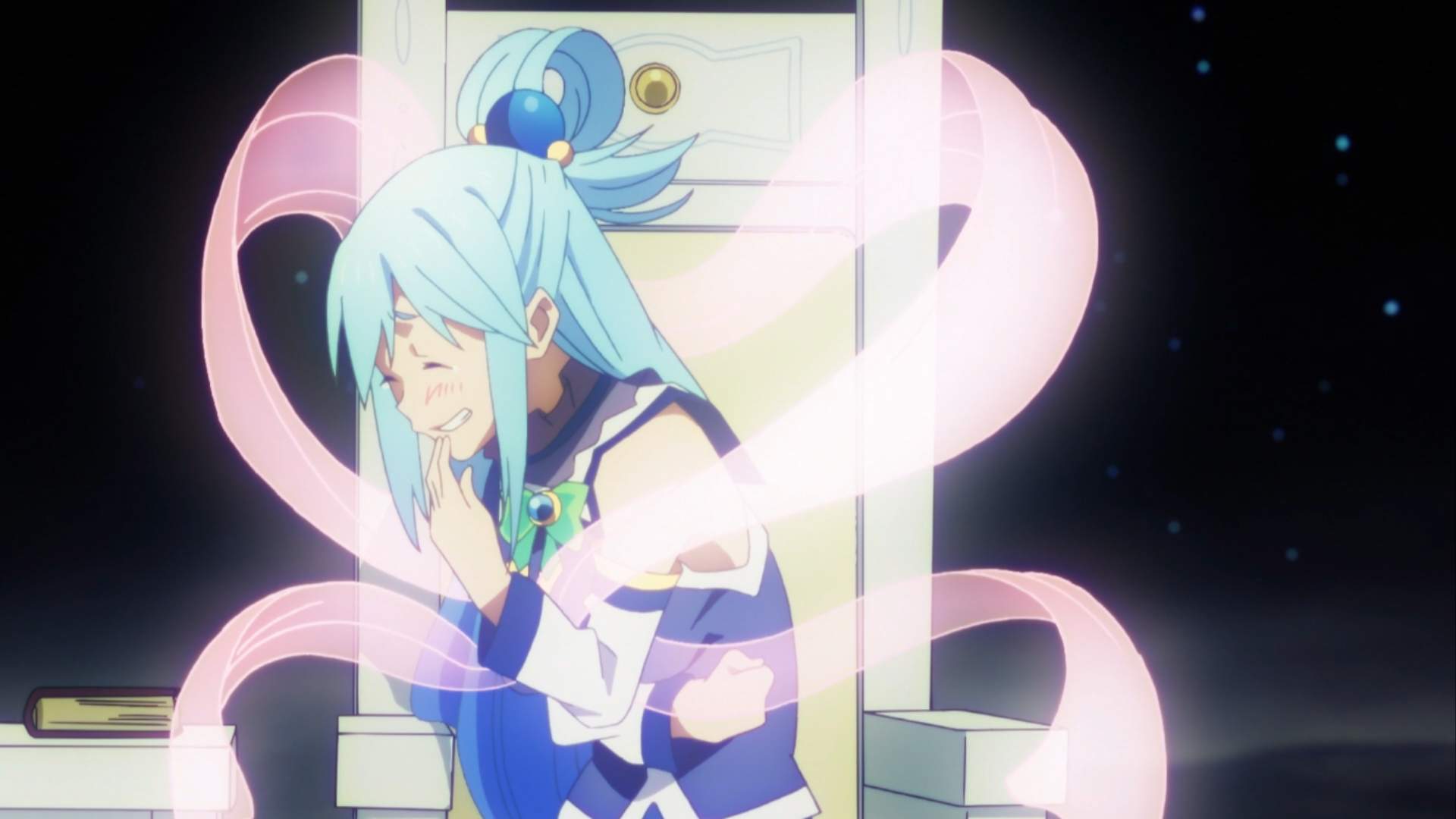
Heck, even the way Kazuma dies makes fun of the typical “get isekaid by truck-kun” trope. On top of that, the goddess that he meets after death isn’t the graceful we might always expect in an isekai anime. Suffice to say, the first few minutes of Konosuba sent me laughing non-stop. It was a wild experience watching this anime and the first season Re: Zero back to back.
While Kazuma’s background as a NEET plays a comedic role in the anime. Konosuba‘s parody is more well-rounded and happens everywhere, not just on the protagonist. I think the better example is Isekai Ojisan. Although this is a reverse isekai, I think it depicts a perfect parody of a NEET protagonist.
The protagonist, Yousuke Shibazaki or simply referred to as “Uncle”, just came back from a 17 years coma. Turns out, this whole time, he was transferred into another world. Although he became overpowered in the fantasy world, his stories aren’t pretty in any way. I mean, the moment he got into the alternate world, he was immediatly sold as a slave, for a cheaper price than a brush on top of that.
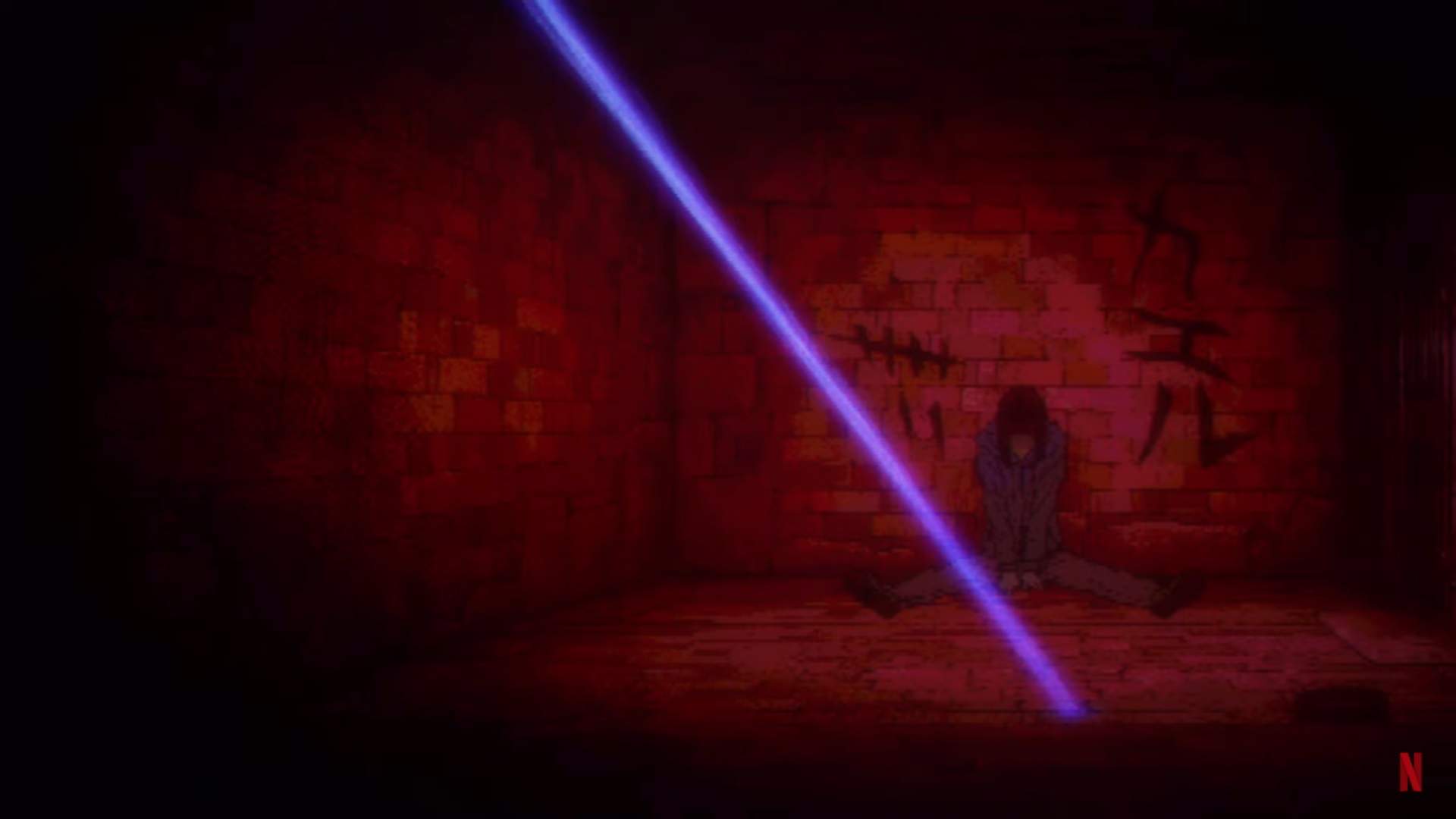
Throughout the entire twelve episodes, we see how living another life in an unfamiliar world can suck so much. Especially, if you’re a NEET. I think Isekai Ojisan did what other isekai anime often forget. Most NEETs will have difficulties in bonding with other people, even those who mean well. Especially, just like average people, not every NEET is attractive.
Even other isekai often overlook this. Most protagonists will pass as attractive or at least average looking, so people don’t really judge them based on their looks. At most, they’ll be judged based on their other worldly behavior and clothing, not their physical features. However, Isekai Ojisan does a great job in depicting this even in comedic manner.
What Could Be The Downfall Of A NEET Protagonist
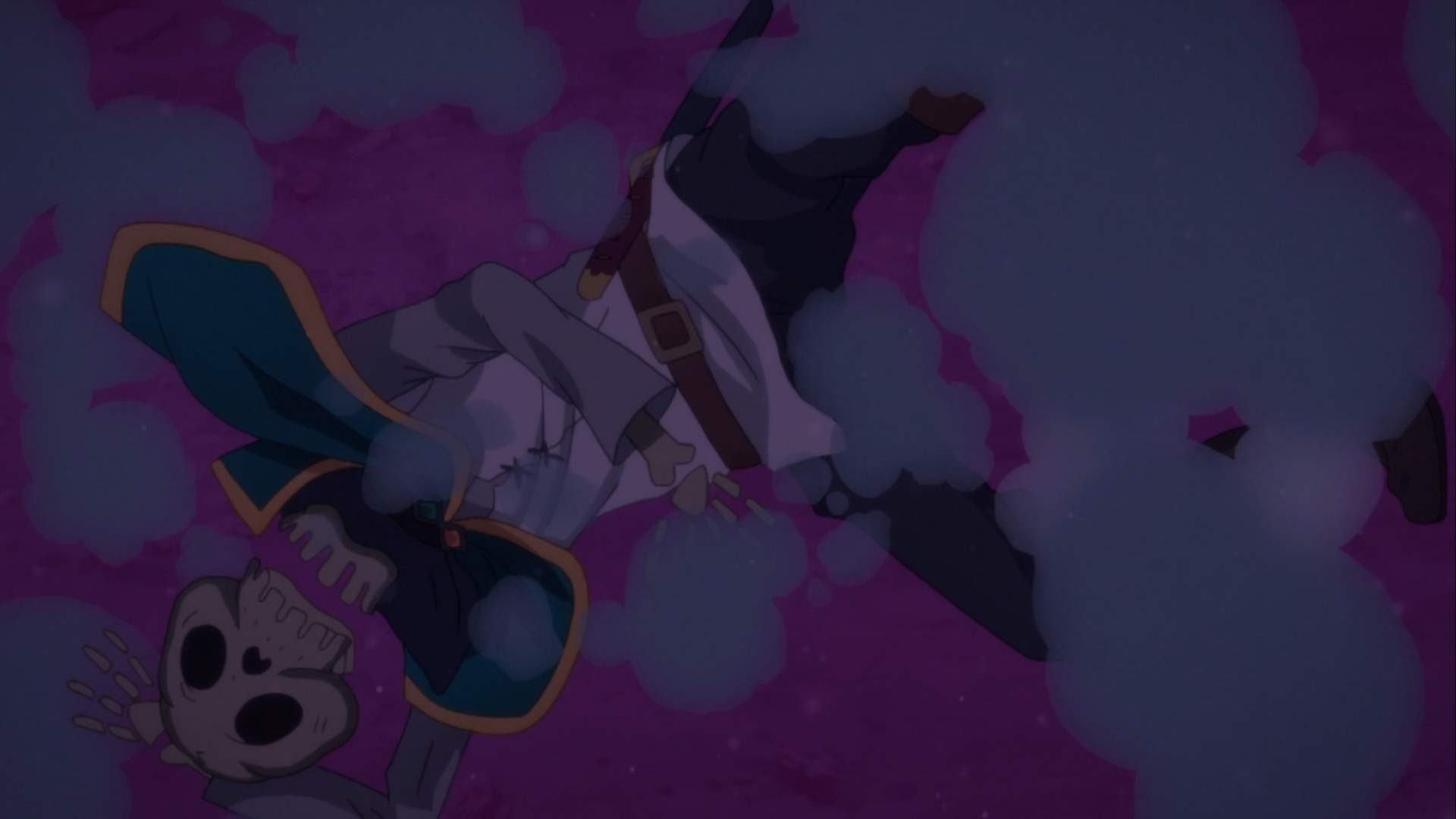
I know those good points are rather lenghtly, but I think a NEET protagonist is a nice trope to base an anime on. Despite people often calling them as generic and uncreative, I still belief there are legitimate potential and solid ground for them to carry an anime.
However, not every protagonist is the same. Same are great, fun, and they bring a newness that keeps fans coming back to the anime. On the other hand, there are quite a few that… How do I say it? Less than satisfactory.
Even as a hardcore fan, sometimes there are negative things that you can’t refute in an anime that you love, including the shorctoming of the protagonist.
Limiting A NEET Protagonist Into Just A Caricature
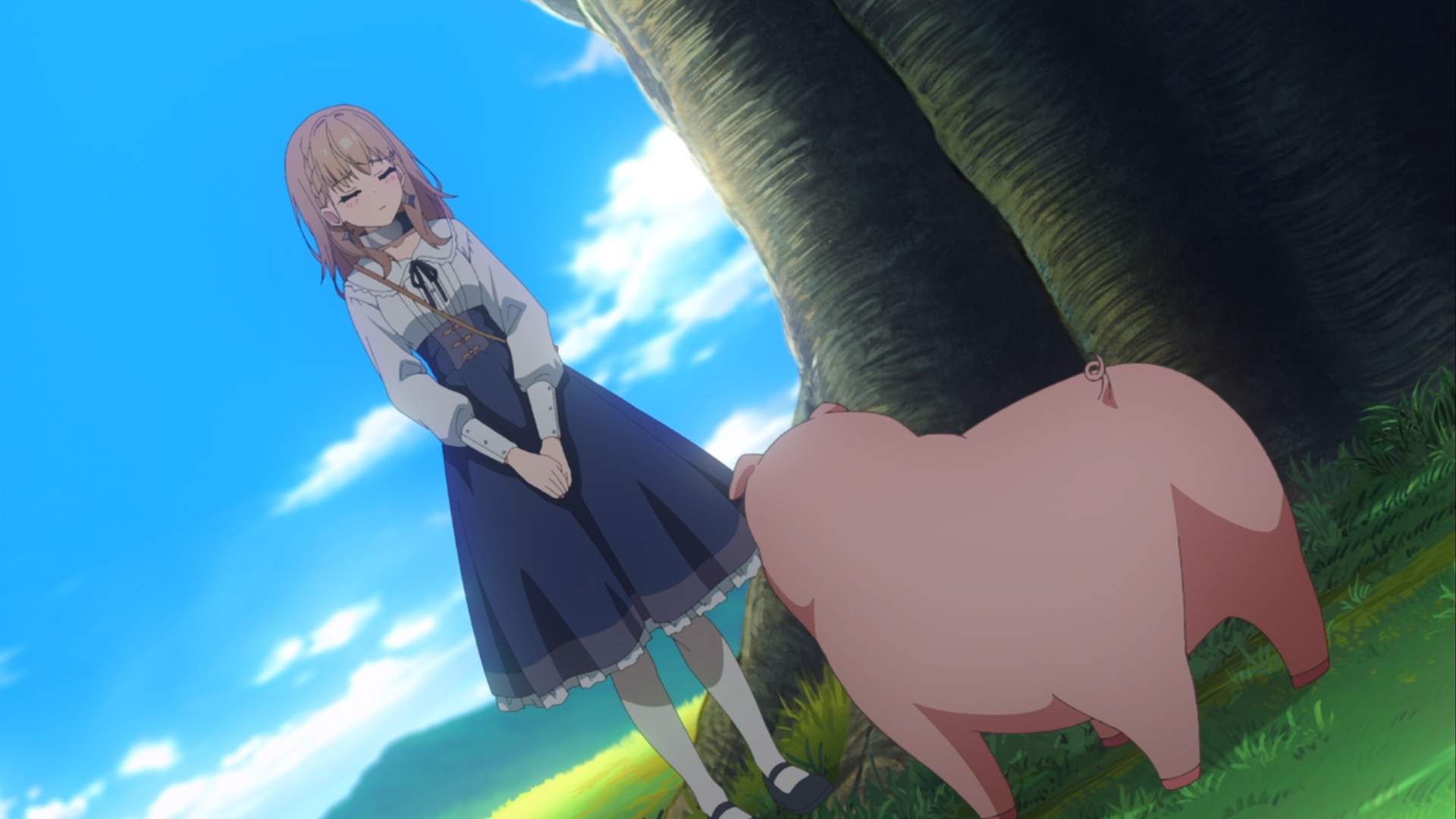
The whole reincarnation thingy can be a double-edged sword. More often than not, the initial premise of an anime really narrow down the NEET protagonist to a caricature of a NEET. Although I’m not saying people who live in self-isolation can’t have difficulties socializing, I still believe they’re not creeps by nature.
There is nuance in each person, including people who society deems as failure. However, some authors choose to portray them as total creeps that have nothing going on inside their mind aside from lewd stuff and overly-emo imaginations.
Aside from the bad taste, I think those kind of NEET protagonists perpetuate the assumption that NEETs are people we need to avoid instead of people who need actual help. Heck, the worst feeling, in my opinion, is when people bully you because of the bad image some anime are stuck with, including the portrayal of NEETs.
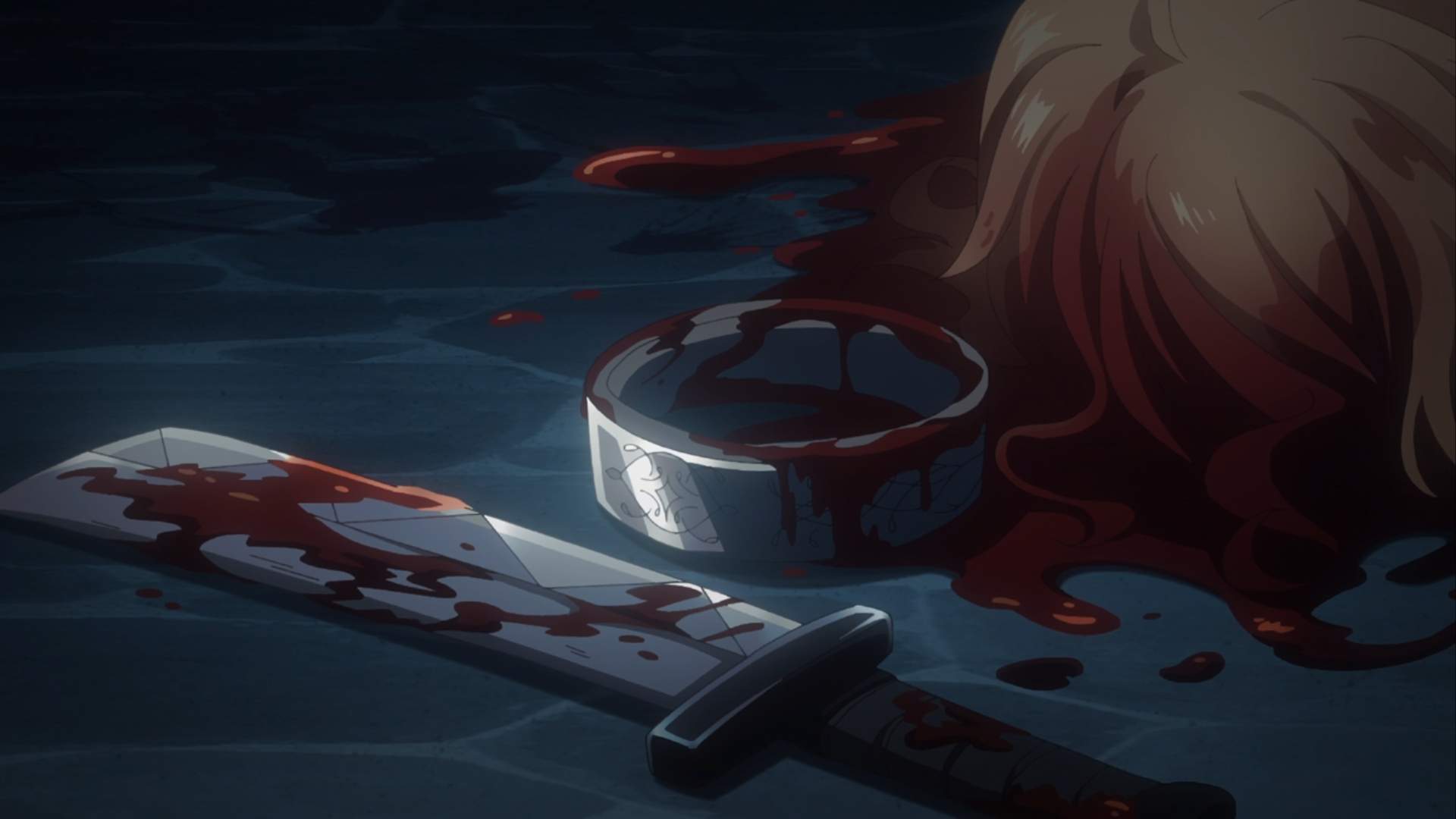
Moreover, what I hate the most is when the comically one dimensional NEET protagonists. I know hate is a strong word, but I feel it’s justified this time. Sometimes, it feels weird when the anime assumes you’re totally onboard when the protagonist thinks nothing but the most degenerate stuff about the other characters. Like, authors, what are you guys insinuating here?
I understand that showing lewd fan service is part of the entertainment that we get and ought to expect to get in watching anime, or any other media for that matter. Heck, recently, I just finished wathcing the whole The Boys series, and I can’t think of a single episode without one. However, this type of cheapshot in storytelling grows old real fast. It shows the laziness in writing and bad assumptions they have on the audience.
Too Many And Too Weird
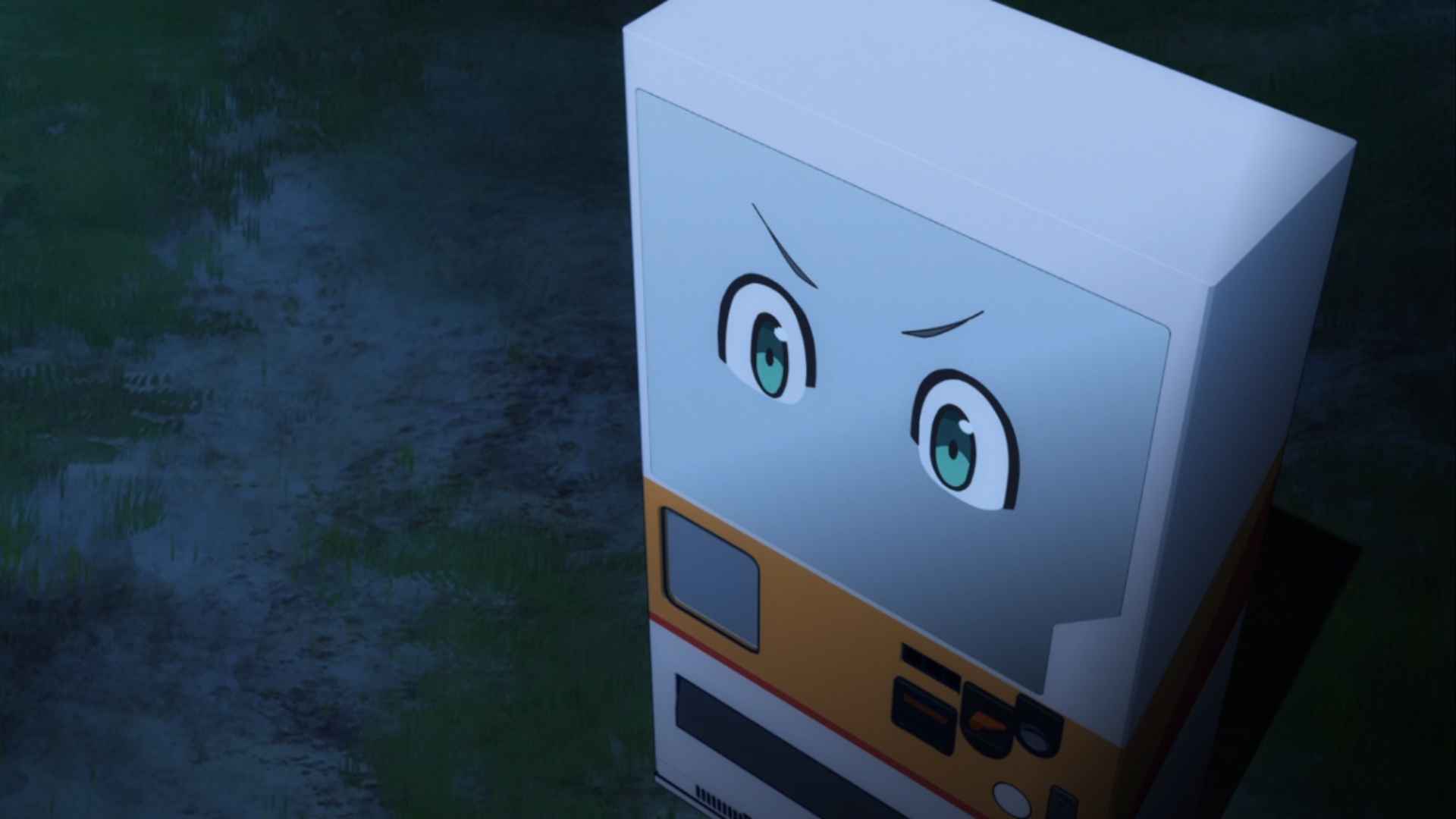
Alright, this one might be the result of the whole demand and supply stuff in economics. The isekai genre, as a whole, is a very successful genre, and it’s only natural that they make more of them to satisfy the seemingly growing demand.
However, there is a point where the market will become fatigued. When there is an oversupply of something, of course, the value will decrease. It’s also true for isekai anime and their NEET protagonist. It’s not rare to hear anime fans saying, “Oh, look, another anime with a generic NEET protagonist, how original.”
On top of that, writing is a creative endeavor. What happens when a trope is used too much is authors will try to put seemingly out-of-this world gimmicks into their protagonists. Now, don’t get me wrong, they can work just fine if done properly, or even surpass the more mainstream protagonists.

With that being said, if we put how many isekai anime are and the weirdness they often adapt, you get too many weird isekai anime. I’m not really sure if the appeal of any unique NEET protagonist will eventually fade out if they keep throwing them to our faces.
Moreover, if the anime only has the protagonist’s weird reincarnation quirk as its selling point. Like, “Hey! Look! I was a NEET in my previous life and now I am a vending machine.” or, “Look at me! People called me a pig before, and now I am a literal pig!” As funny as these hooks are, those anime still need to bring a real solid plotline to retain the audience.
Lazy Writing And Greedy Money Grabbing
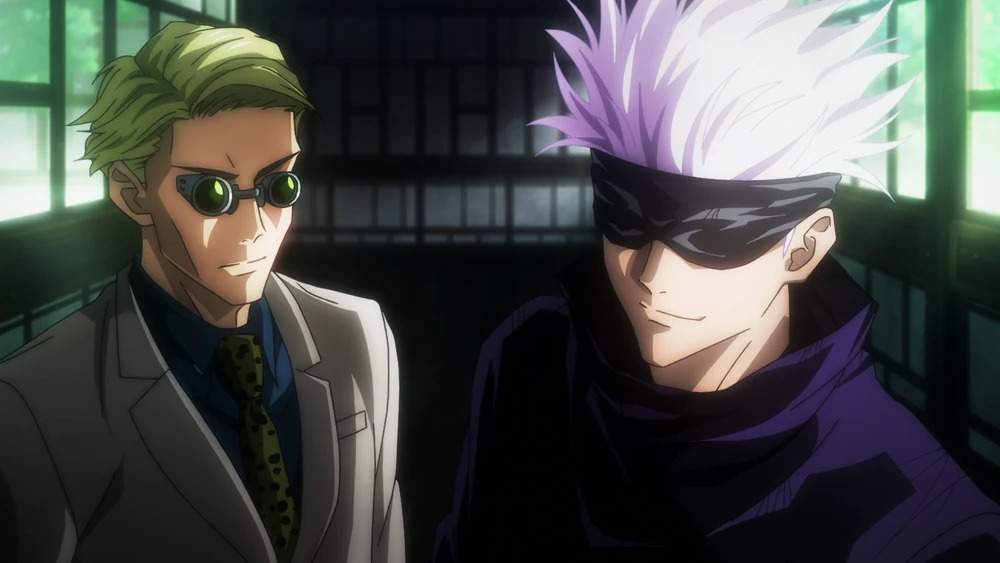
This last point might have little to do with the trope itself. Instead, I think this is a general pitfall that many genre can fall into. However, considering how massive the market for isekai anime is, this pitfall becomes even more pronounced.
As much I love anime, it’s still hard to see the reality of the industry. Overworked animators and writers plague the behind the screen of anime making. I mentioned how overusing the isekai NEET trope can be a pitfall for an anime. However, when it’s intentionally made to “satisfy the market”.
What’s really ironic is that sometimes the people behind this industry sometimes are seemingly unaware that the fans might’ve had enough of this trope. Well, this predicament might just explain the overly numerous weird anime. But, it still doesn’t check out the requirement of actually exciting plots.

I understand that, like many other of entertainment, anime is in industry where money and big companies are involved. It feels almost impossible for an author to launch their manga independently and gets an adaptation immediately. Still, the audience won’t be forever entertained by creative cheapskates.
This is why when we get a fantasy anime with just a little difference, we almost instantly get excited by it. Look at Frieren: Beyond Journey’s End! It quickly became fans’ favorite shortly after its premiere. Aside from the great storytelling, it shows how tired the fans are with the typical isekai fantasy genre, which often involves a NEET protagonist.
My Final Say About This Trope
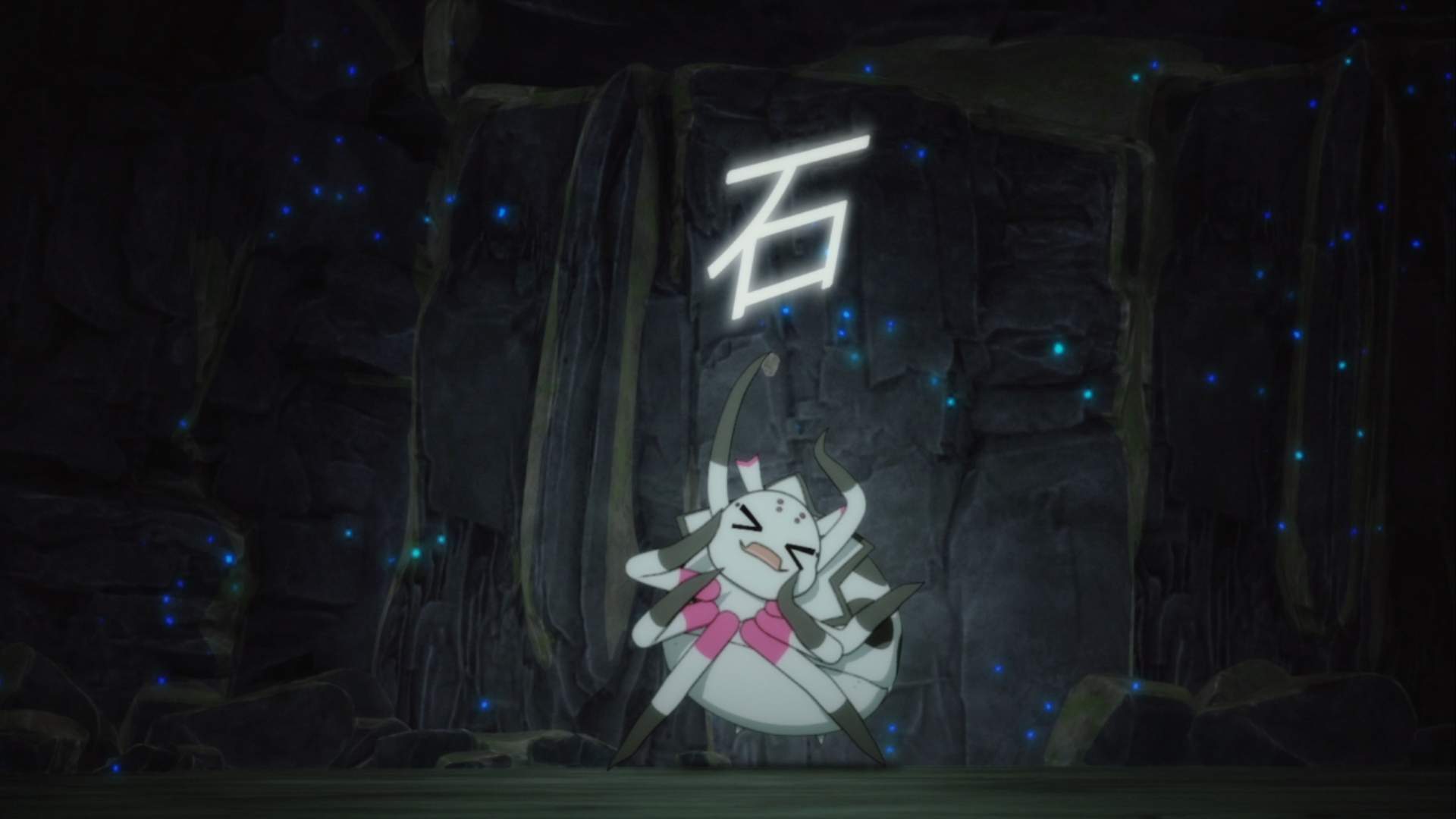
Despite what I said about this trope, the isekai NEET trope is still a great basis for a protagonist. It gives a good insight on self-isolation and the effects it brings to people. Not to mention, when the tragic twist gets good, it gets good real hard. The parodies are also some of the most well-loved anime in existence.
However, with how saturated the isekai genre is, the NEET protagonist is in a vulnurable place where it can get too ugly too fast. It can’t be denied that the appeal of a trope is influenced greatly by current anime trend. However, The NEET protagonists still have a place in the overcrowded isekai market, but their anime must have a decent basis in their plotpoints, worldbuilding, and the use of the protagonists’ story itself.

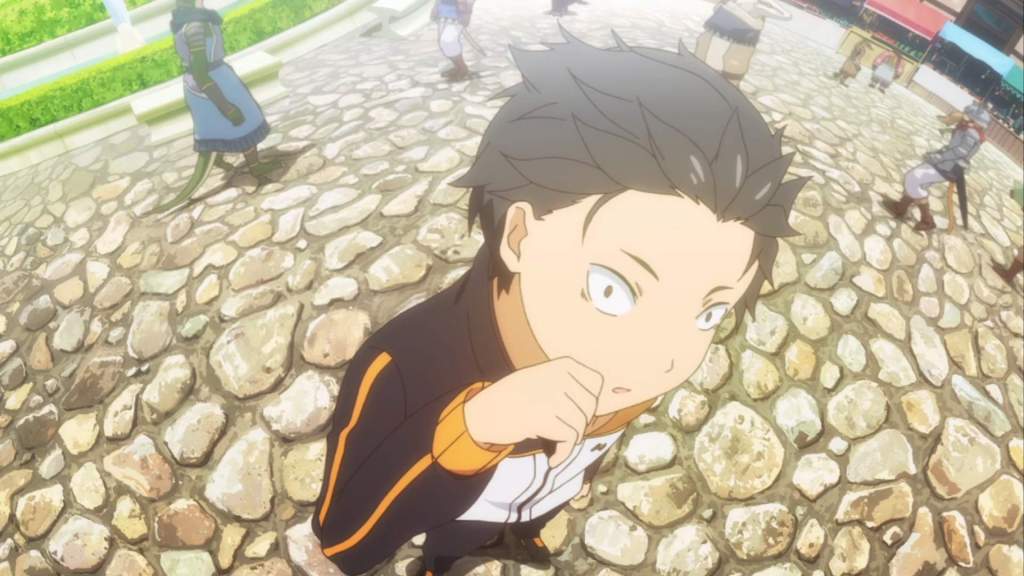
Leave a comment